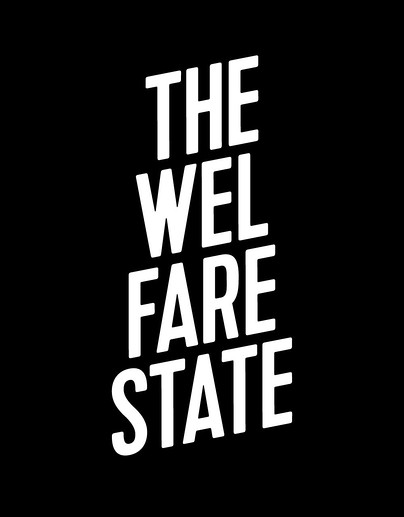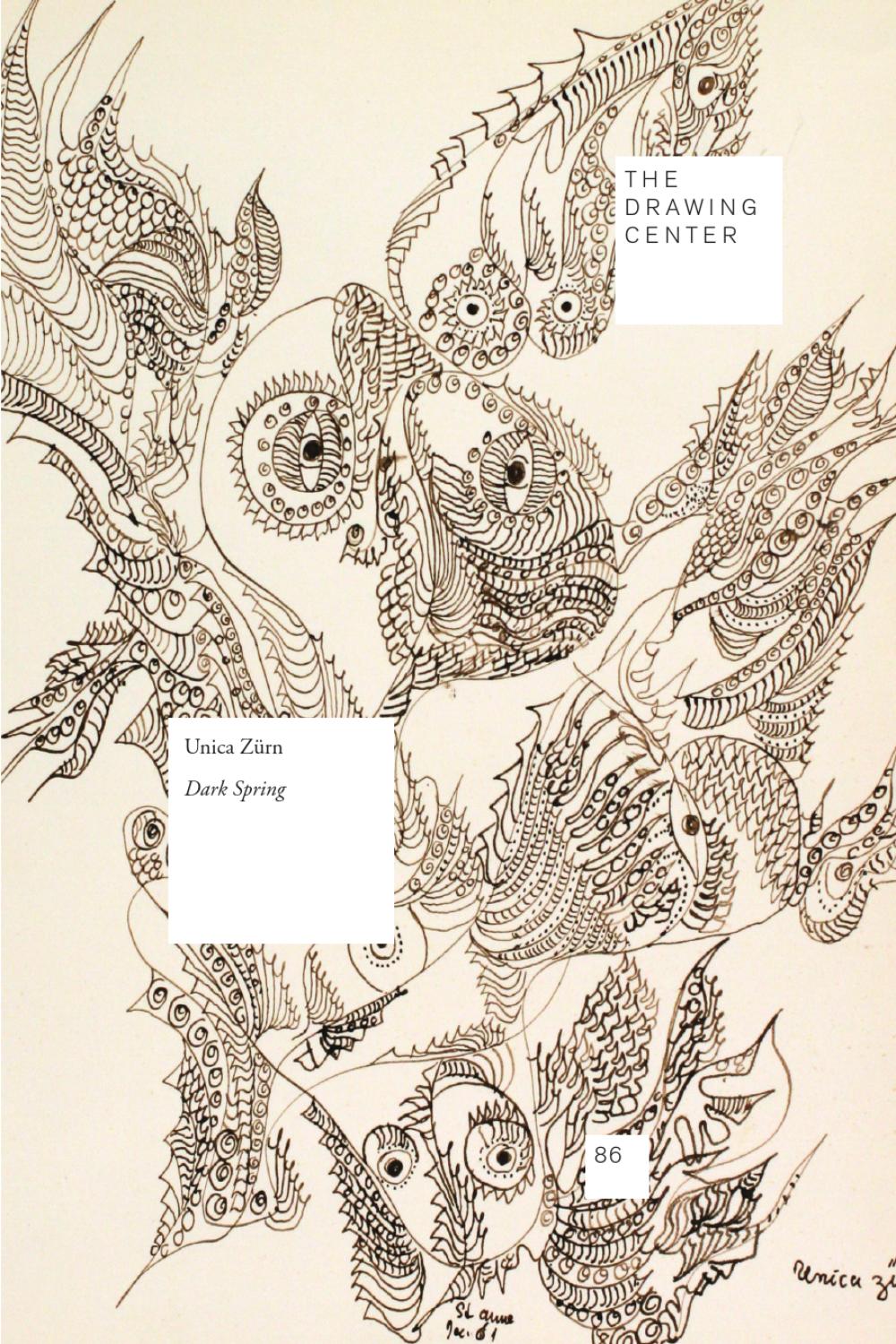Anders Kreuger (ed.): The Welfare State (2015)
Filed under catalogue | Tags: · art, labour, politics, welfare state

“The welfare state is an abstract notion. But also very concrete. Political, but also bureaucratic. What does it have to do with art?
The welfare state operates with regulations, rights and obligations that apply to everyone in the same way, requiring individuals to identify themselves as members of society first and foremost. In this sense, the welfare state is the antithesis of art. Many artists support the welfare state in both theory and practice, and they are fascinated by rules as such, but they have little interest in following rules formulated by others than themselves..
The welfare state is an emancipatory political project, although it was first invented as a way of keeping class struggle and revolution at bay. It is hard to disassociate the European welfare state from the darker elements of recent history, such as militarism, colonialism and the degradation of the natural environment. Yet the welfare state, as a model for social cohesion and political stability, is now gaining ground in new parts of the world, notably in East Asia.
The exhibition The Welfare State does not look back with nostalgia at the welfare state in its ‘classical’ form as a utopian blueprint for an egalitarian (and homogenous) society in postwar Western Europe. It does not invite artists to ‘illustrate’ political and social engagement. But it does ask some fundamental questions. What is the ‘imaginary’ of the welfare state? Does it have a ‘form’? Can it be ‘shown’?”
Contributions by Stephen Willats, Josef Dabernig, Róza El-Hassan, Francisco Camacho Herrera, Anne-Mie Van Kerckhoven, Artūras Raila, Kajsa Dahlberg, and Donna Kukama.
With an introduction by Anders Kreuger
Publisher M HKA, Antwerp, 2015
ISBN 9789072828521
139 pages
PDF (11 MB, updated on 2020-10-19)
EPUB (22 MB, updated on 2020-10-19)
Unica Zürn: Dark Spring (2009)
Filed under catalogue | Tags: · art, surrealism

“Unica Zürn: Dark Spring presents ink and watercolor works on paper by the late German artist and writer Unica Zürn, spanning from the early 1950s until her suicide in 1970. A noted poet and novelist, Zürn produced numerous expressionistic short stories that were published in German newspapers throughout the 1950s before moving to Paris with German Surrealist artist, Hans Bellmer, who would be her partner and collaborator until her death. Zürn began producing paintings and drawings related to her Surrealist-influenced literary work while living in Paris, becoming acquainted with many artists in the Surrealist circle, including André Breton, Max Ernst, Man Ray, and Marcel Duchamp. Part whimsical cartoons, part intricate portraits, Zürn’s chimerical fantasies make for drawings that are deeply revelatory yet playfully imaginative.”
Essays by João Ribas and Mary Ann Caws
Publisher The Drawing Center, New York, 2009
Drawing Papers series, 86
ISBN 9780942324396
93 pages
Exhibition review (Gary Indiana, Art in America, 2009)
Comment (0)Eva Hesse: Circles and Grids (2006)
Filed under catalogue | Tags: · art, drawing

15 works on paper made in 1966-67. Published on the occasion of the exhibition Eva Hesse Drawing, The Drawing Center, May-July 2006.
Publisher The Drawing Center, New York, 2006
Drawing Papers series, 61
16 pages

